Construction in São Paulo from the 1930s contrasts with modern buildings in São Paulo
The Casa das Rosas Museum reopens on October 28 to allow the public to see the result of the building’s restoration. The building, located in one of the main financial centers of São Paulo, is one of the architectural symbols of the city.
Conceived by Ramos de Azevedo (1851-1928), the project of the House was carried out by his architectural firm, which contributed significantly to the landscape of the capital by designing buildings such as the Theatro Municipal, the Pinacoteca de São Paulo, the Mercado Municipal , among many others. Completed in 1935, Casa das Rosas embodies the era of eclectic architecture homes that were part of Paulista Avenue from the beginning of the last century until the late 1930s.
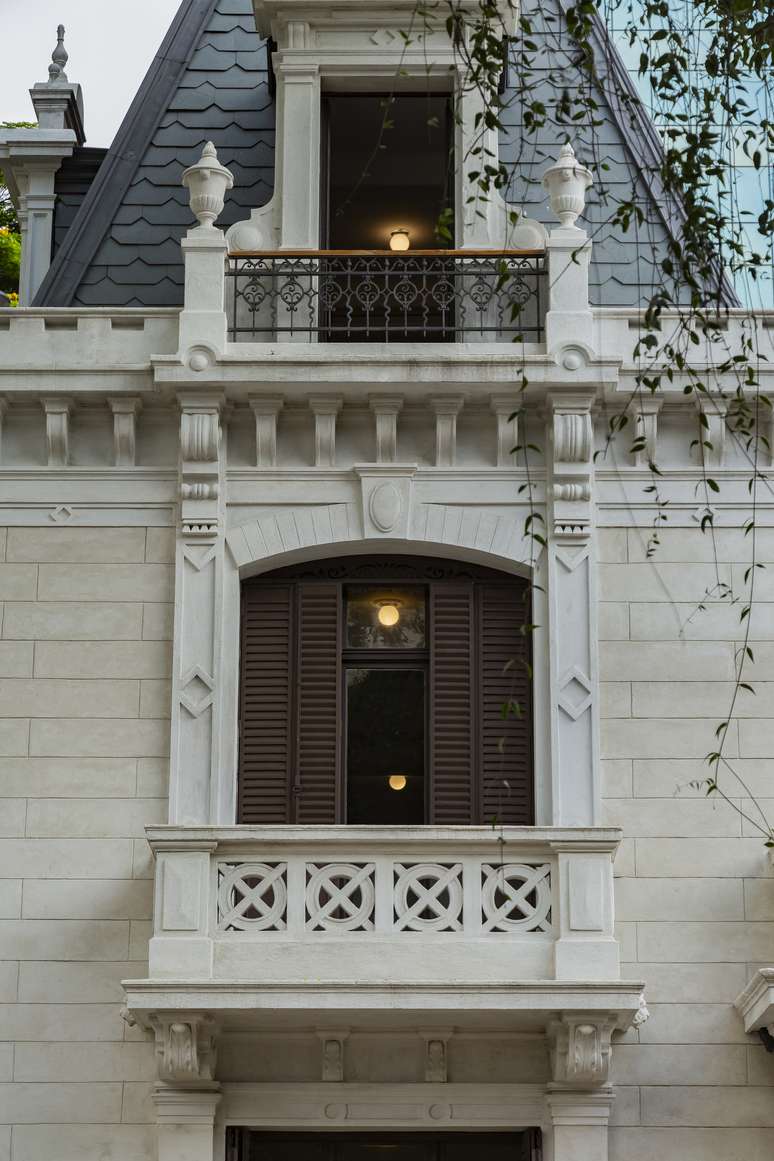
Among the curiosities found during the restoration, the gargoyles (characteristic sculptures of Gothic architecture inserted on the top of the buildings) stand out, some of which were completely remade using casts made from parts of the original pieces. Also noteworthy are the metal ornaments, such as the decorative pieces used to cover the radiators used throughout the building, which were recovered and polished.
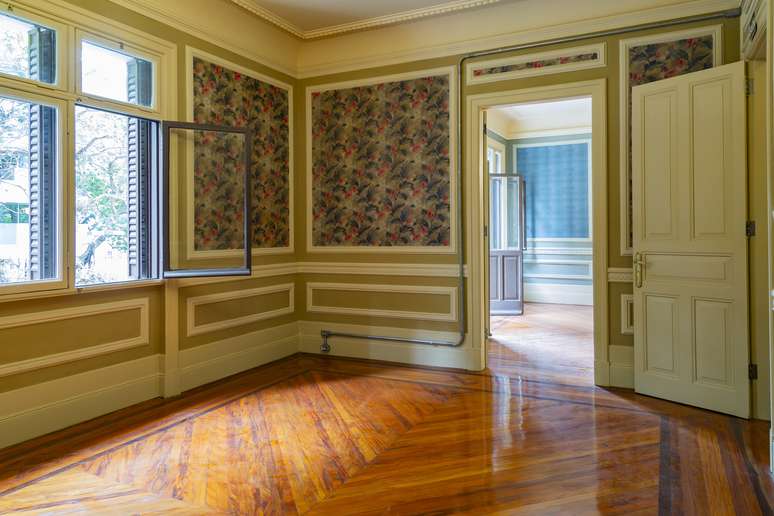
A particular attraction are the wallpapers present in the rooms of the House: once revealed by removing layers of stucco and paint, it was possible to reproduce and reapply them; one of the originals, however, was able to be completely restored and carefully retouched by hand over the course of several months.
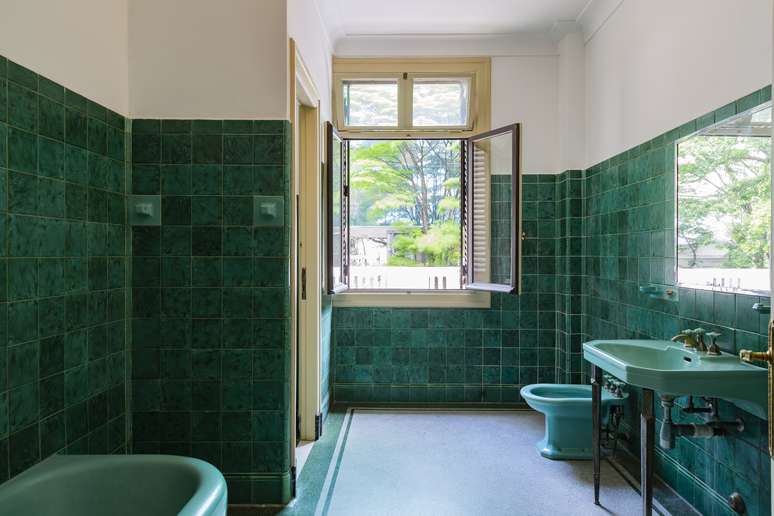
“The Casa das Rosas Museum is reborn with a new identity, preserving its history of commitment to culture and literature, but following contemporary trends and opening new perspectives for the future. Furthermore, the public will find a more accessible space, so that everyone can experience what this museum institution has to offer”, informs Marília Marton, Secretary of State for Culture, Economy and Creative Industry of the Government of São Paulo.
THE RESTORATION
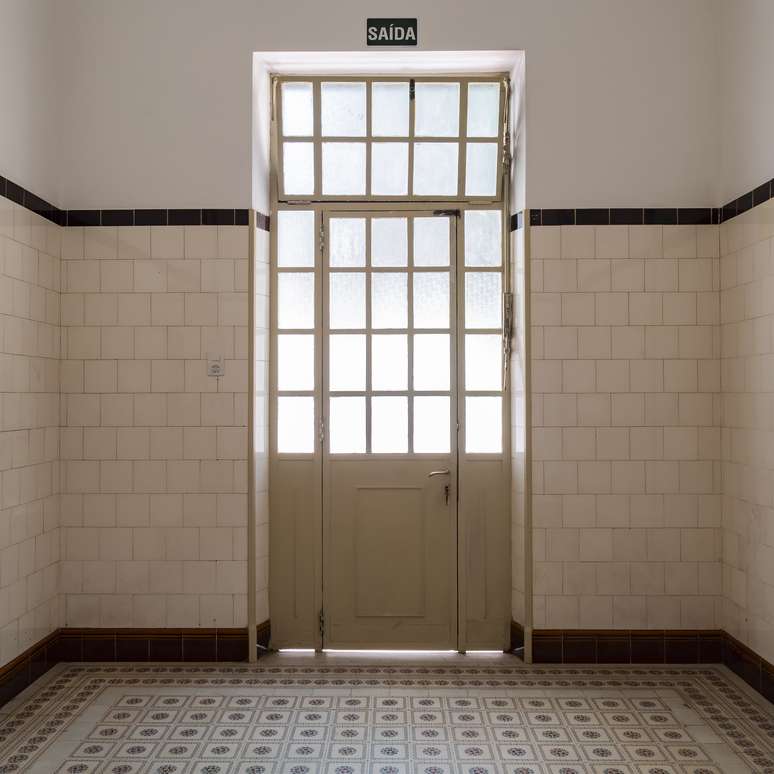
One of the focuses of the restoration was the repair of problems found in the physical structure of the property, such as cracks, leaks and improvements to the electrical and plumbing systems. A detail that attracts a lot of attention is the restoration of the original appearance of various elements of the house.
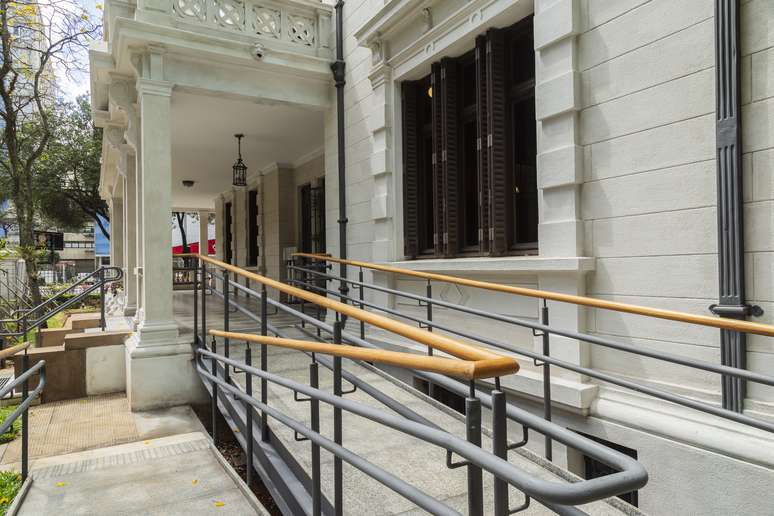
To promote broad accessibility, several adjustments have been made. The bathroom on the ground floor of the ancient residence has been adapted for people with reduced mobility; tactile flooring, double metal handrails, signs containing Braille inscriptions on the stairs, as well as signs on the floors for visually impaired people have been installed in all rooms. An access ramp to the Museum was also designed and installed, in total harmony with the complex, positioned next to the main public entrance.
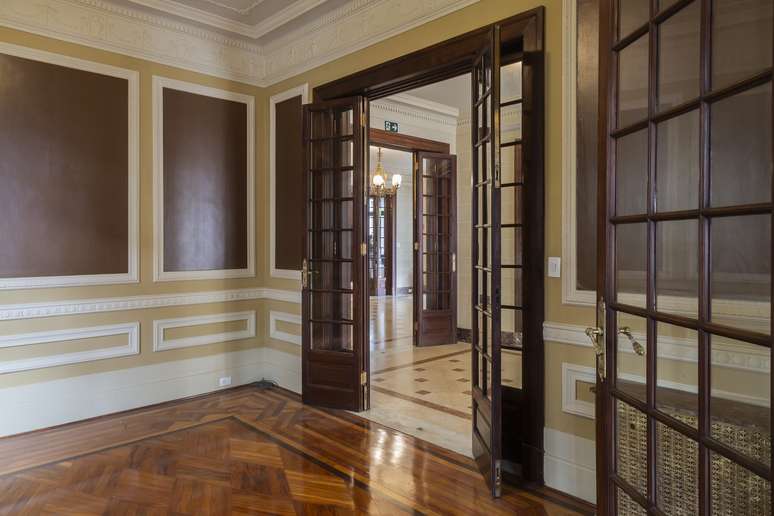
Furthermore, the elevator has been adapted to people with reduced mobility and will now also give access to the basement of the House, where the Haroldo de Campos Collection is located, consisting of more than 20 thousand volumes that belonged to the poet’s library, one of the creators of poetry concrete and patrons of the Museum.
EXHIBITIONS
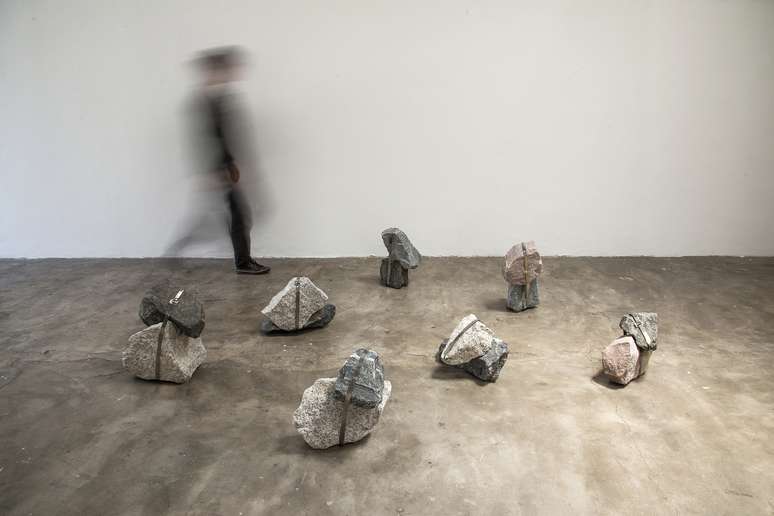
The short-term exhibition “Vivências do Novo”, designed to reopen Casa das Rosas, consists of two modules; the first, on the ground floor, will bring images and information on the transformations of Av. Paulista, on the Casa das Rosas project – created by the famous architect Ramos de Azevedo, also focused on this environment -, and on the different phases of use of the building. The second module, “Dimensão Cidade”, curated by researcher Paula Borghi, will exhibit the works of 15 contemporary artists, gathered under the theme of urbanity and with works in different artistic modalities, such as paintings, sculptures and installations.
“Strengthening one of the museum’s proposals, this exhibition will show how Casa das Rosas is a living testimony of the urban transformations of the metropolis and, at the same time, a center that promotes diversity by opening its doors to cultural and artistic manifestations of collectives and artists of the city and Brazil”, says Marcelo Tápia, director of the institution.
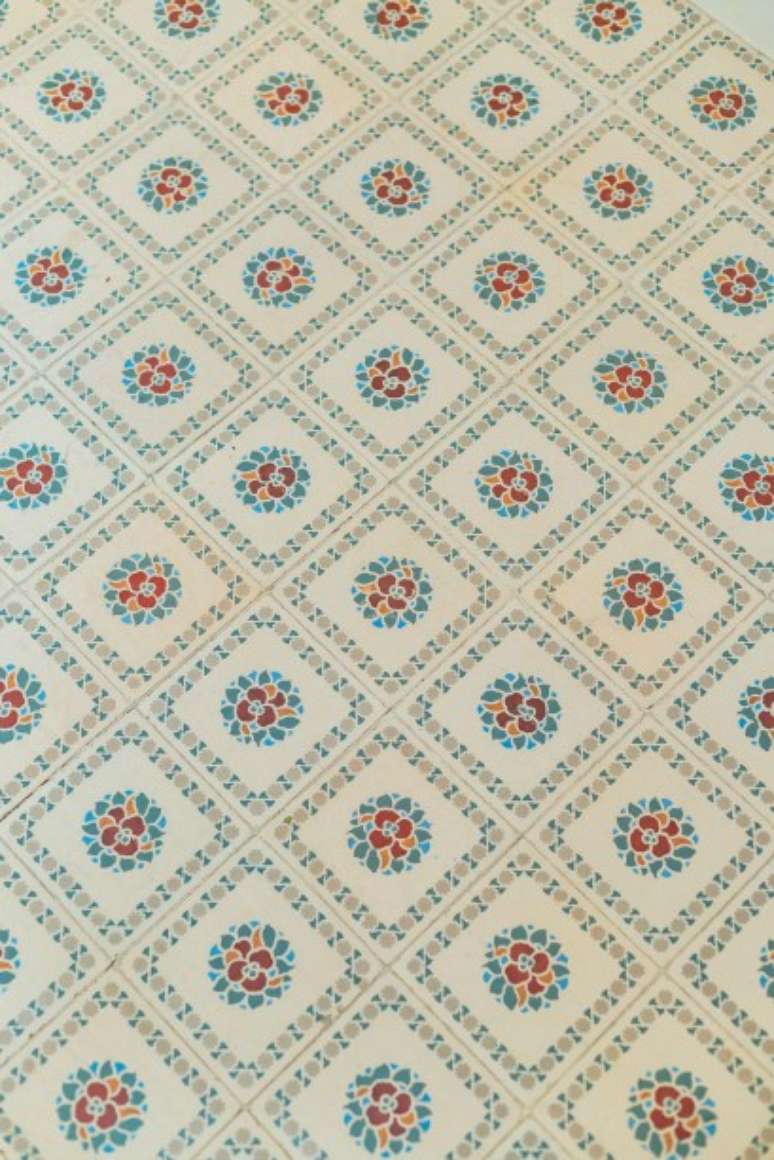
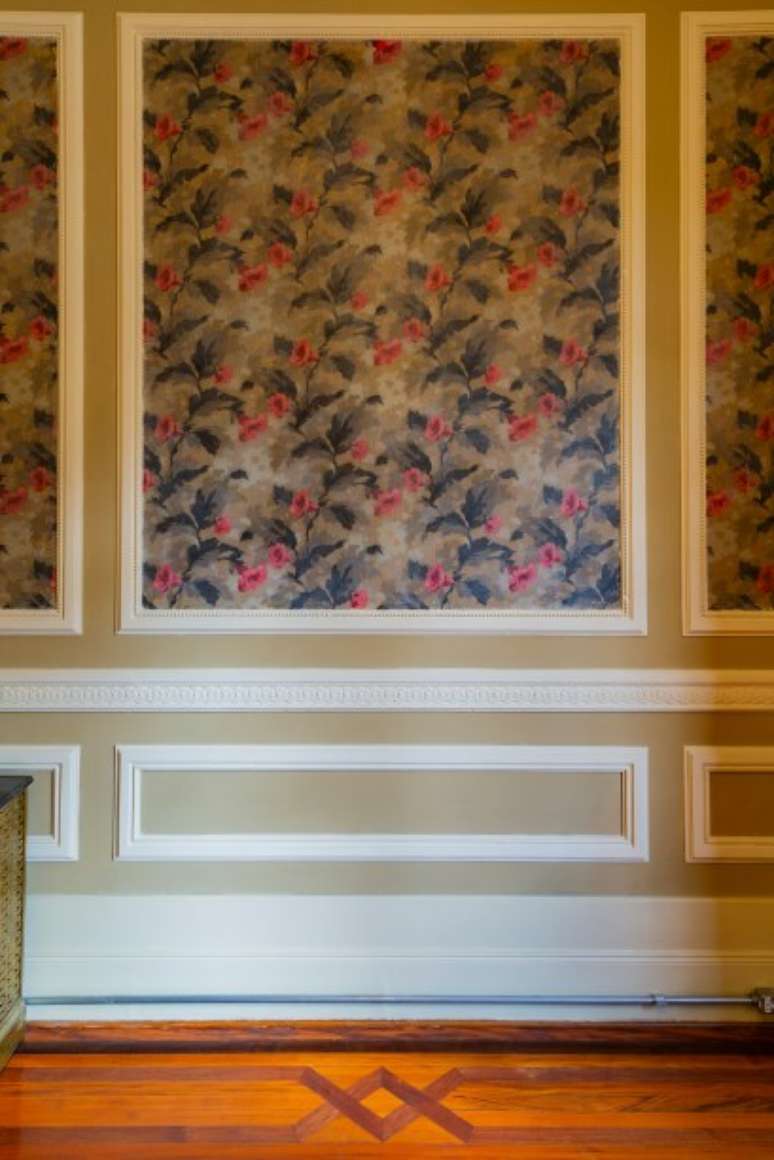
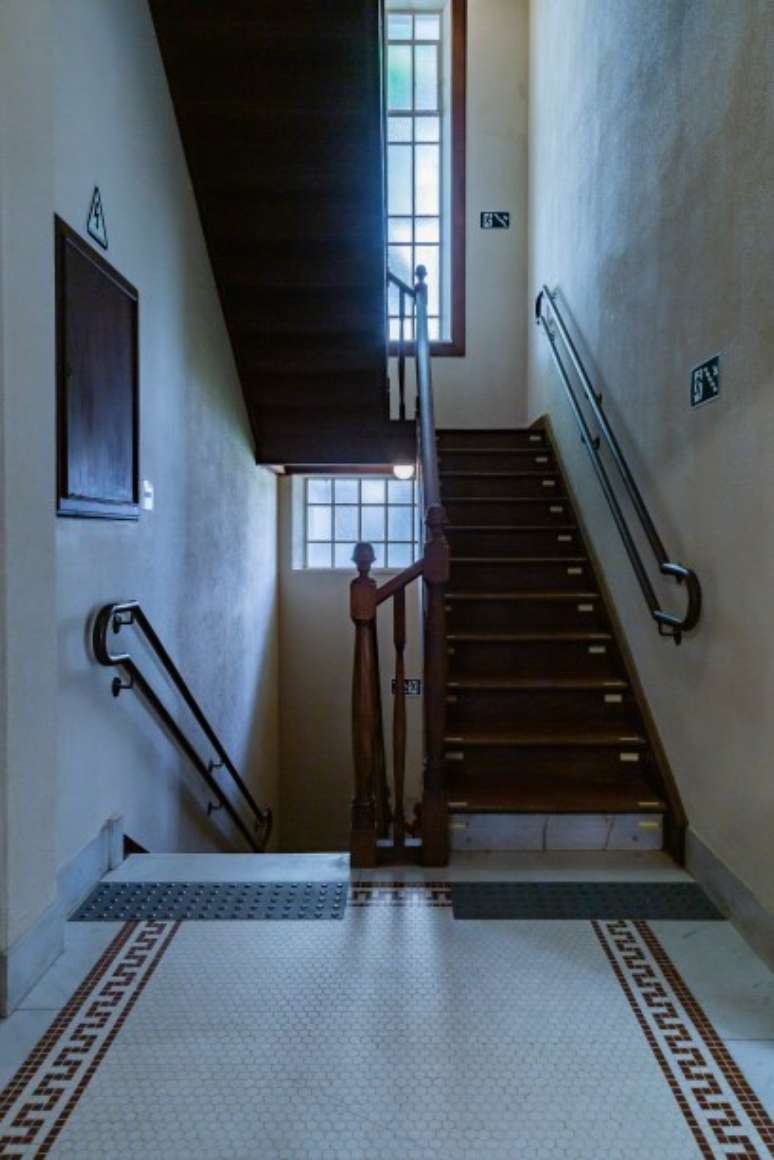
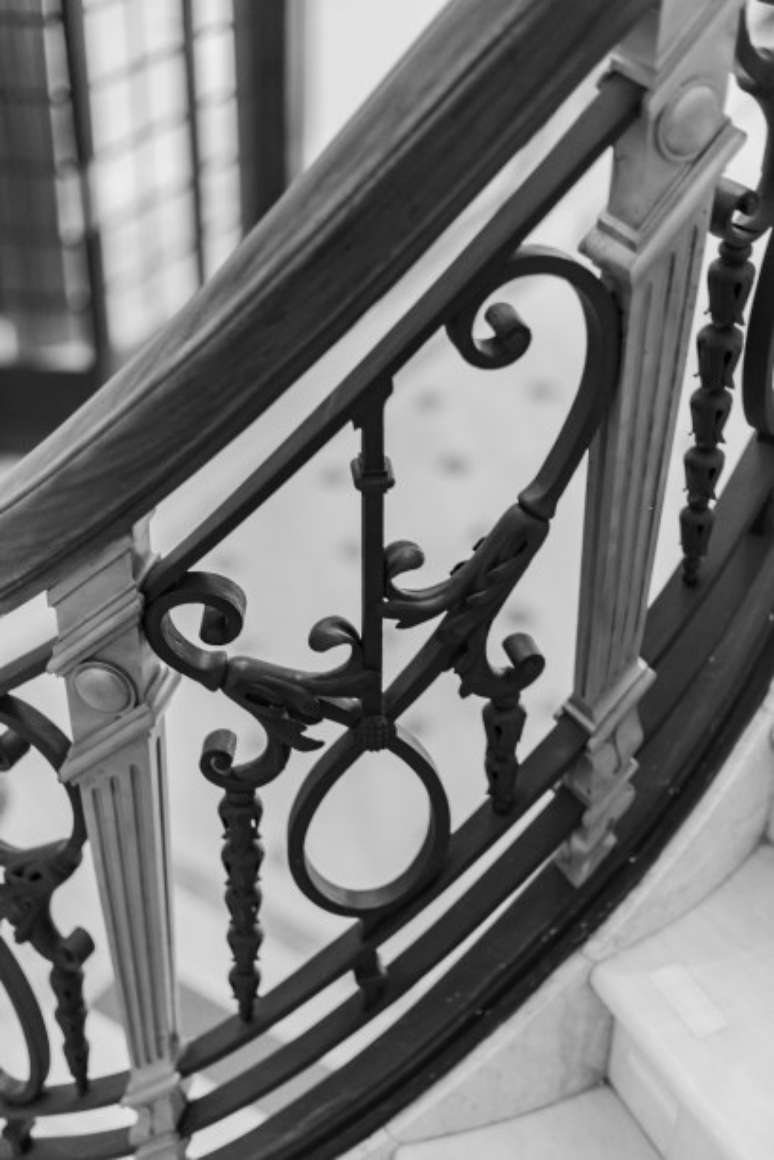
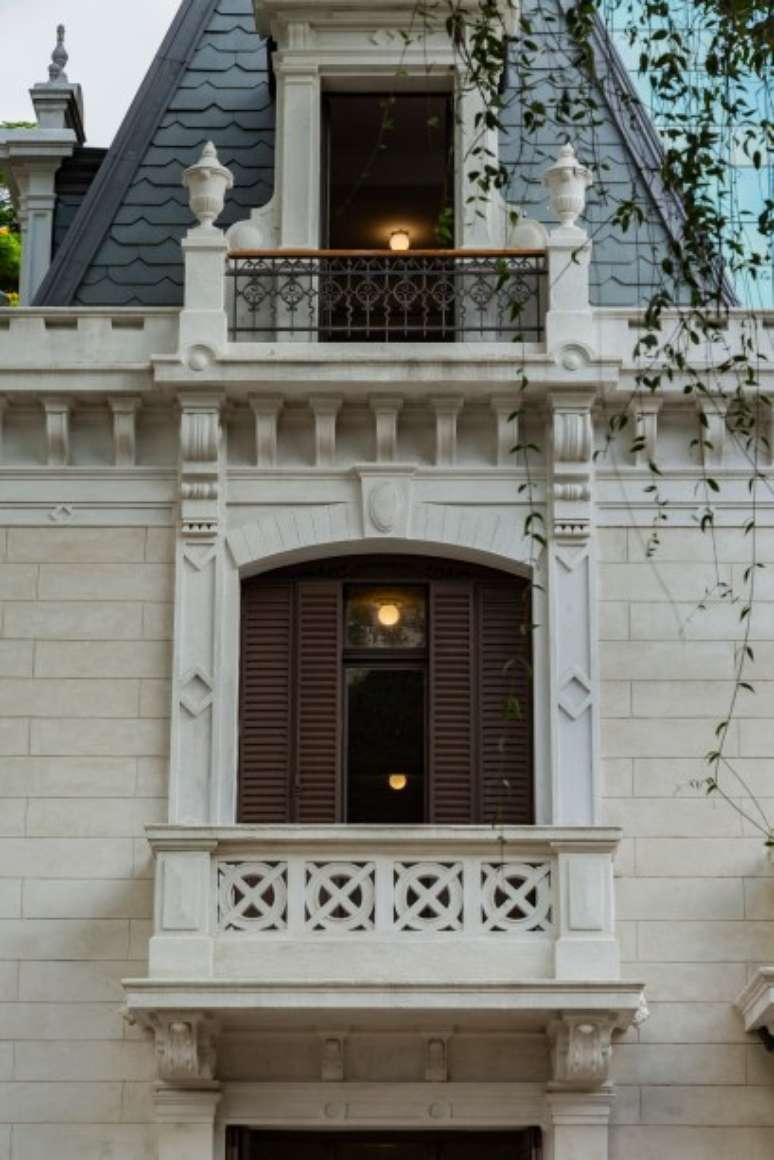
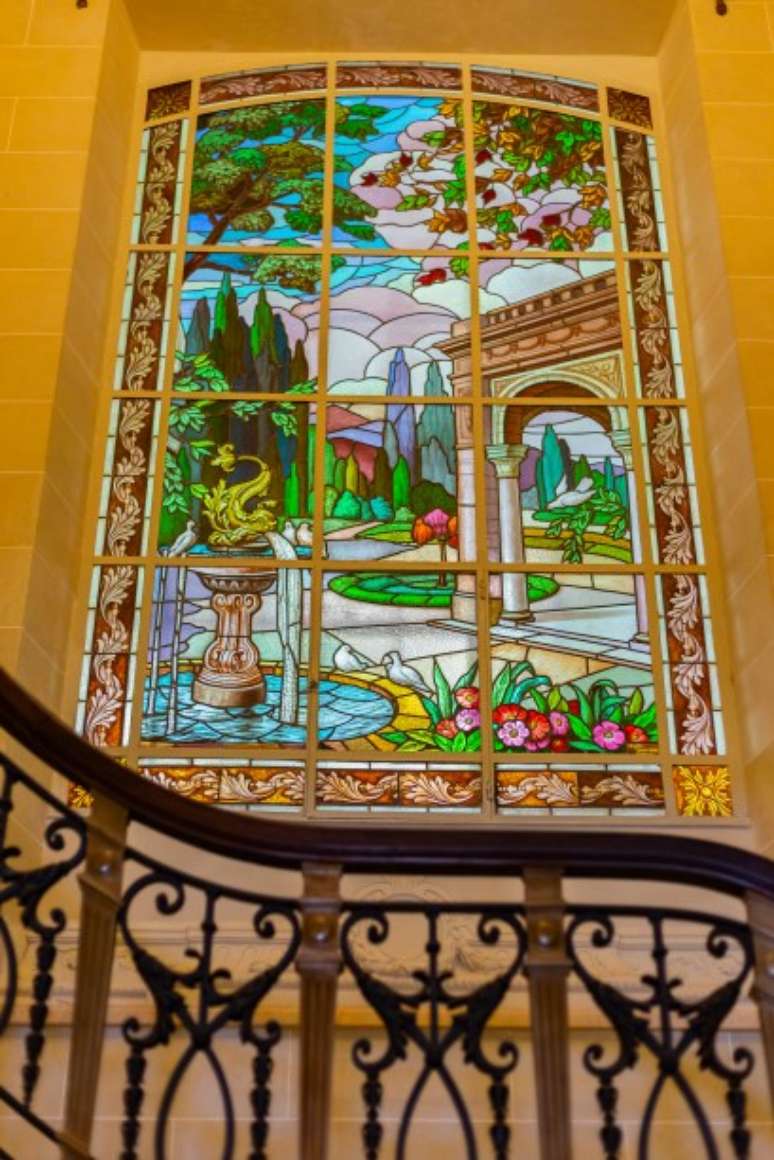
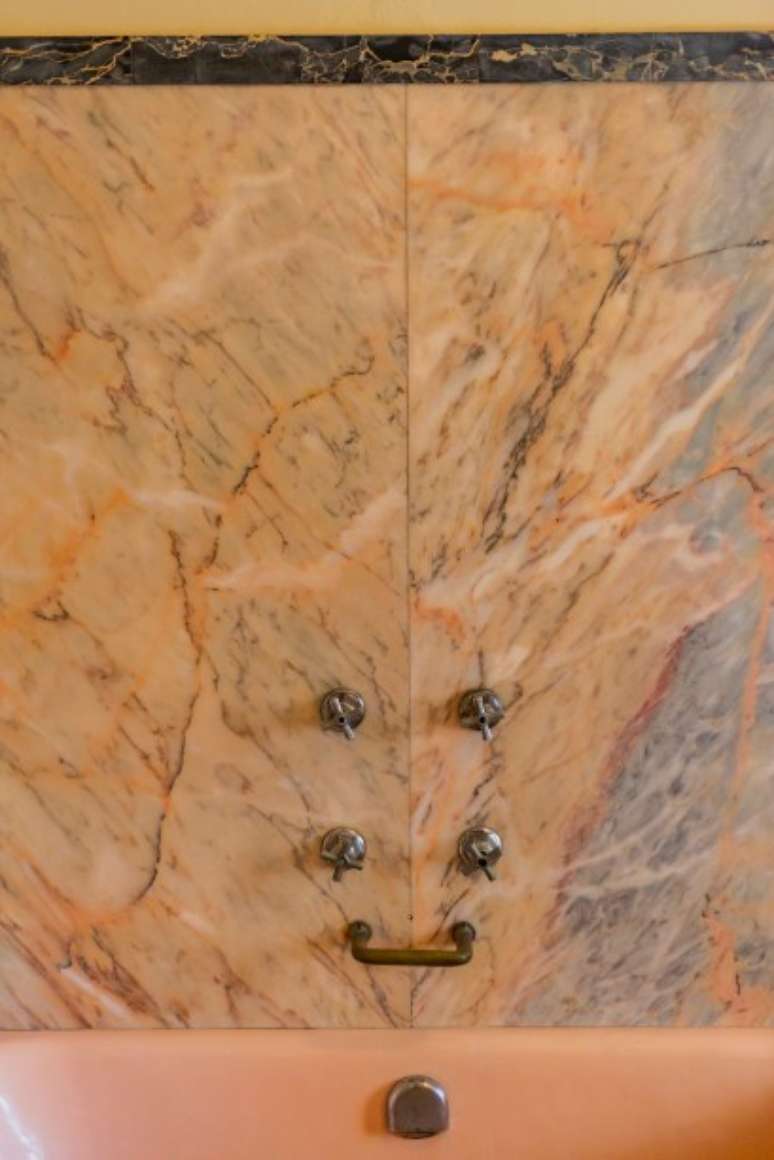
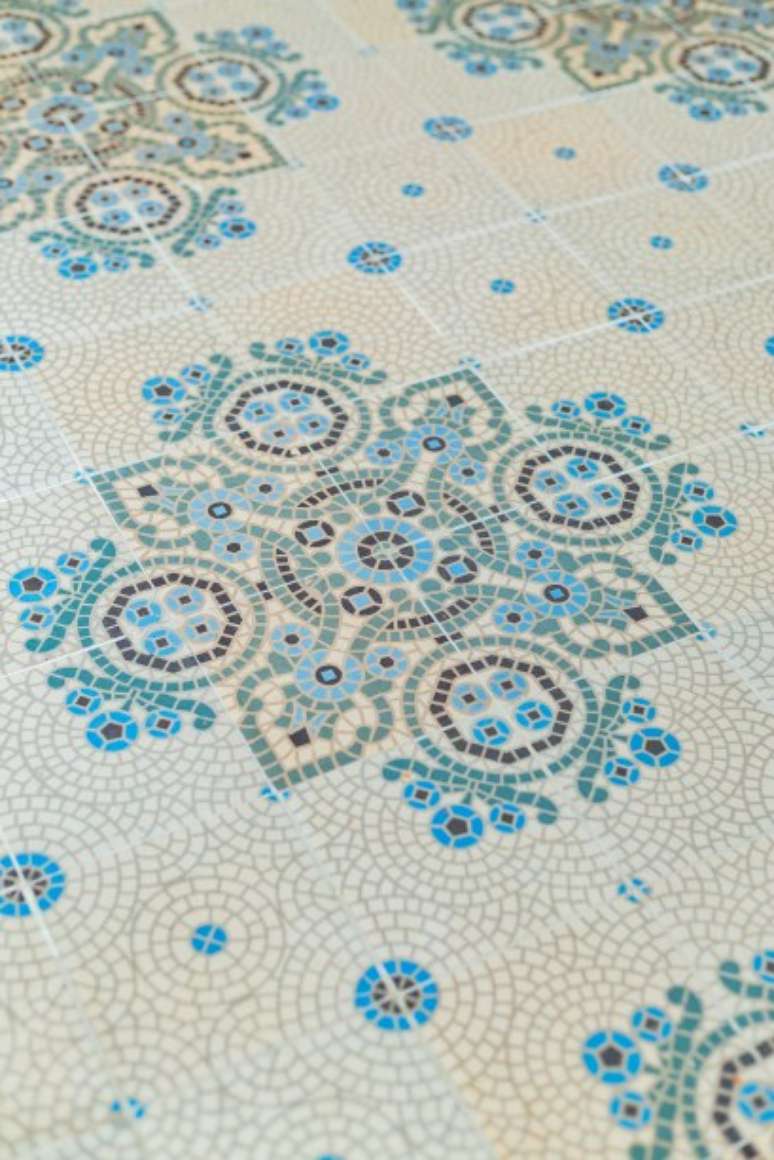
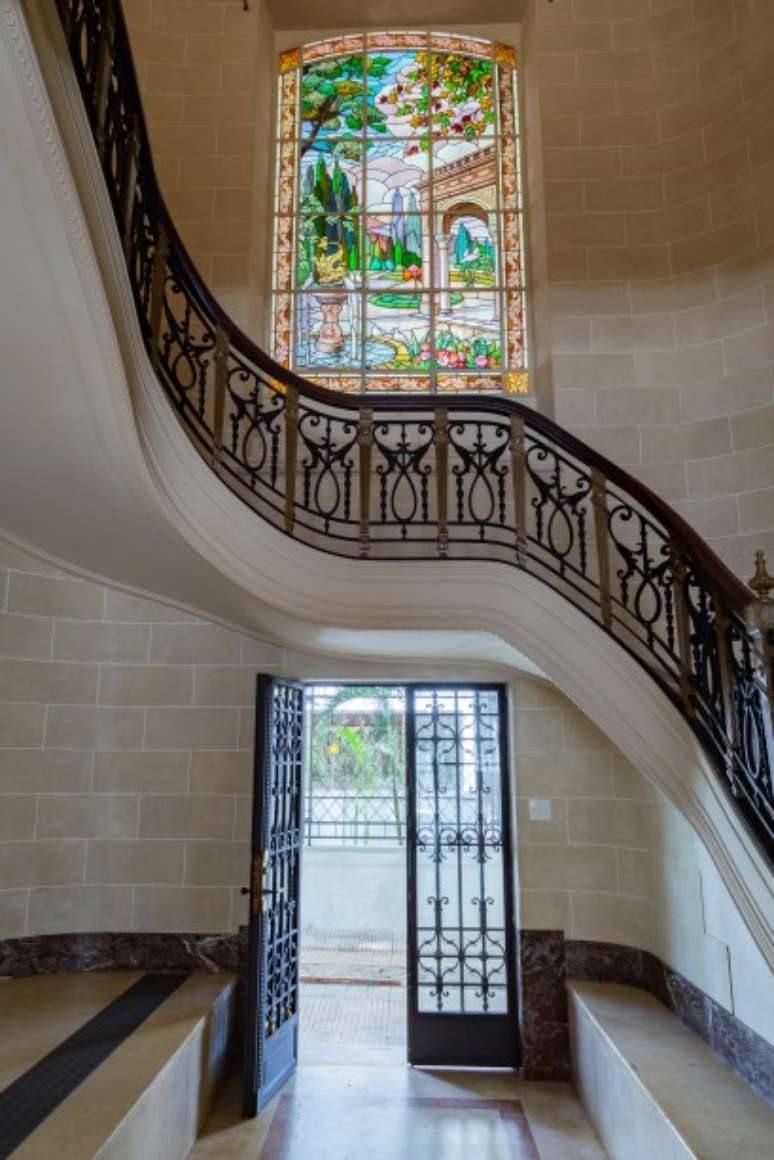

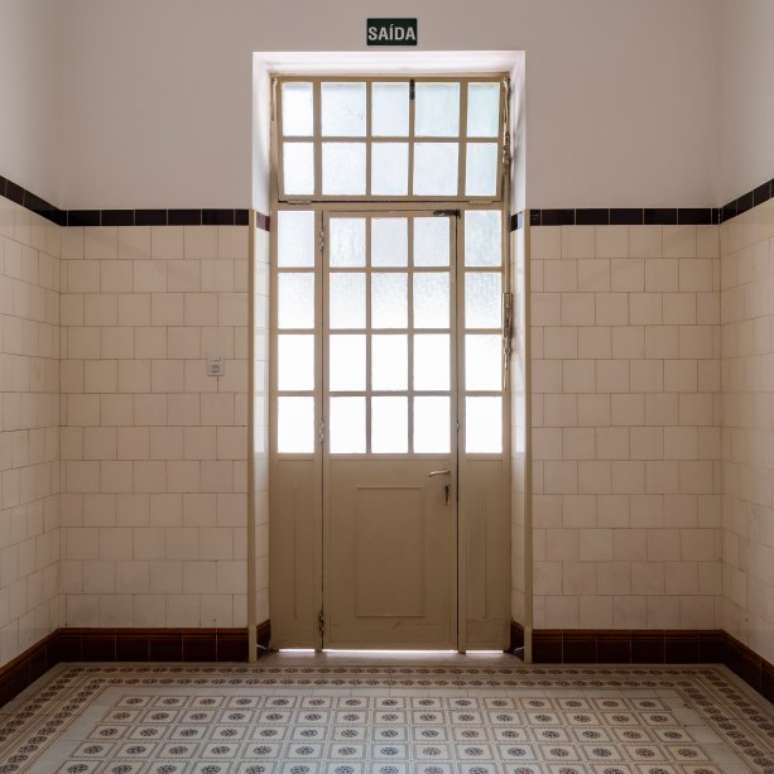
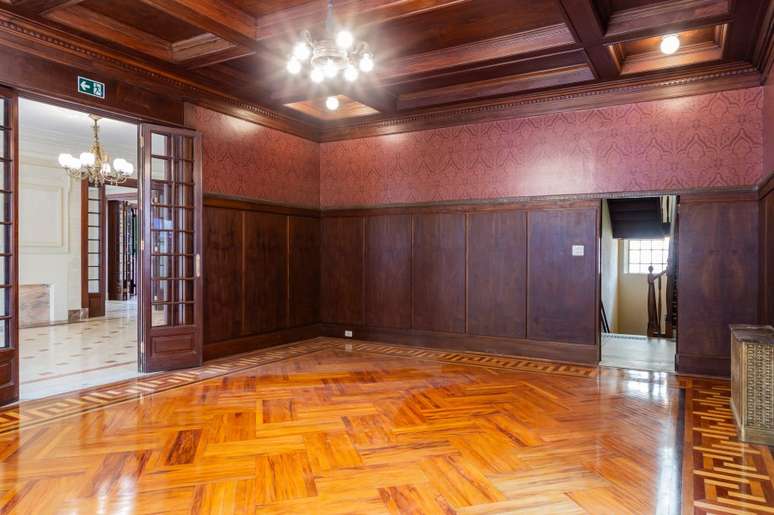
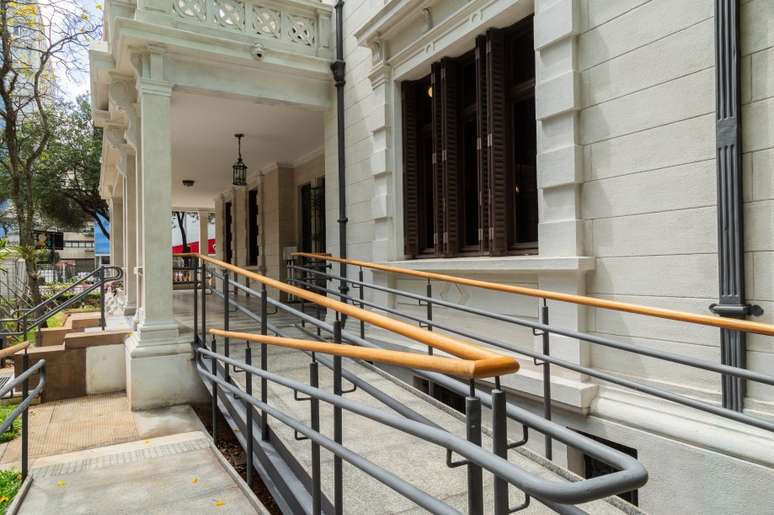
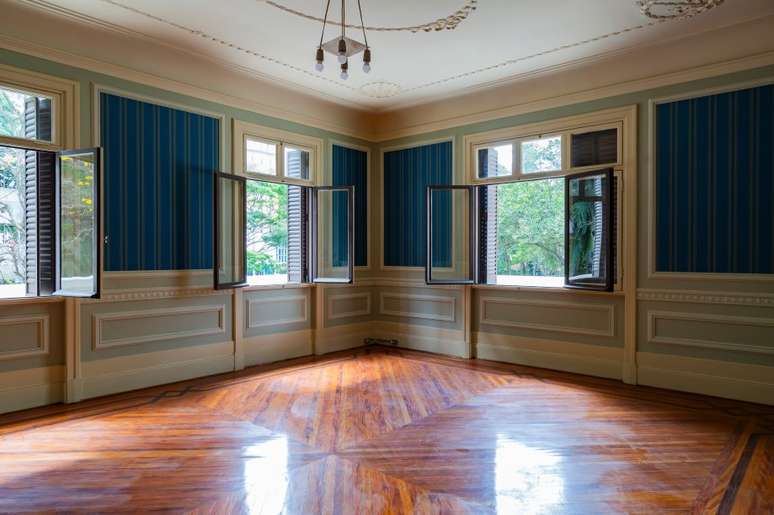
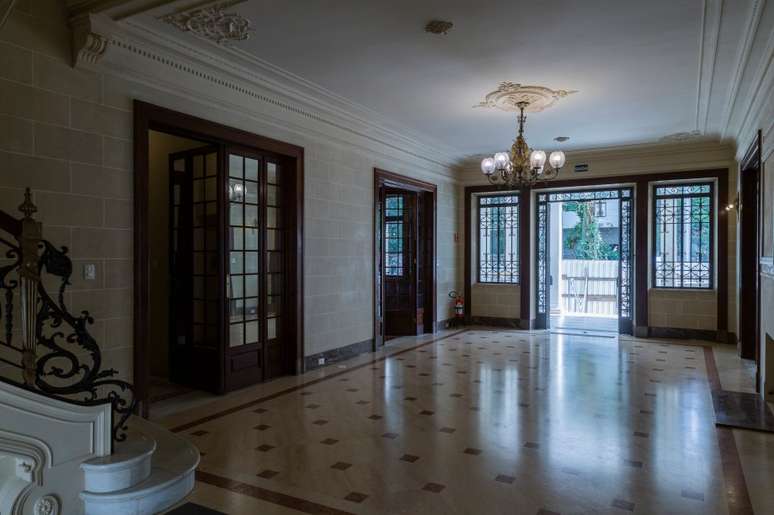
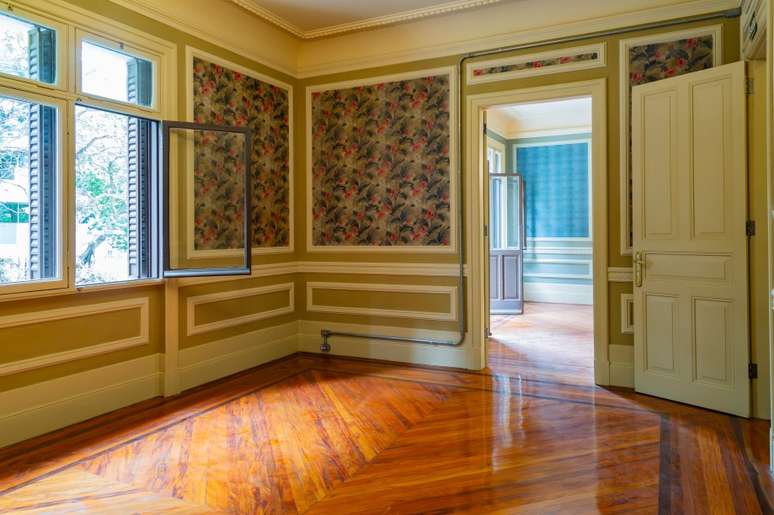
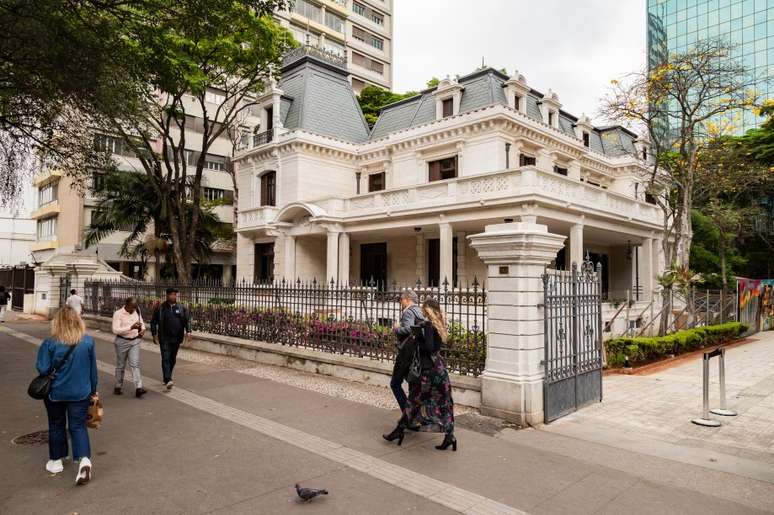
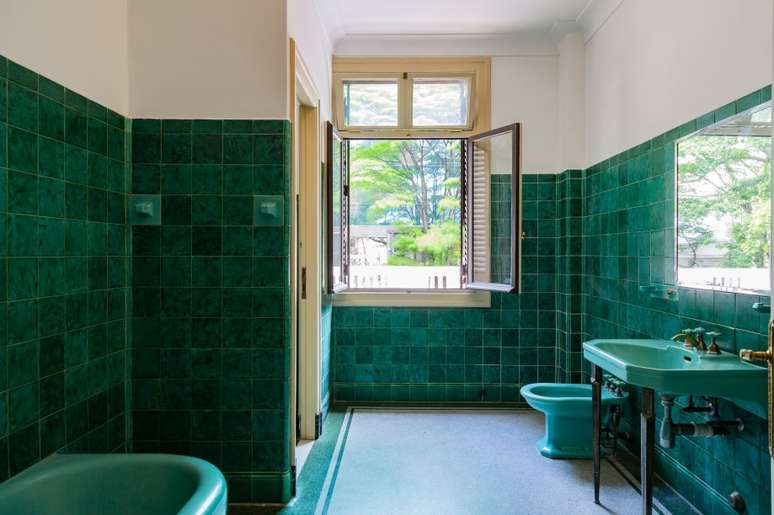
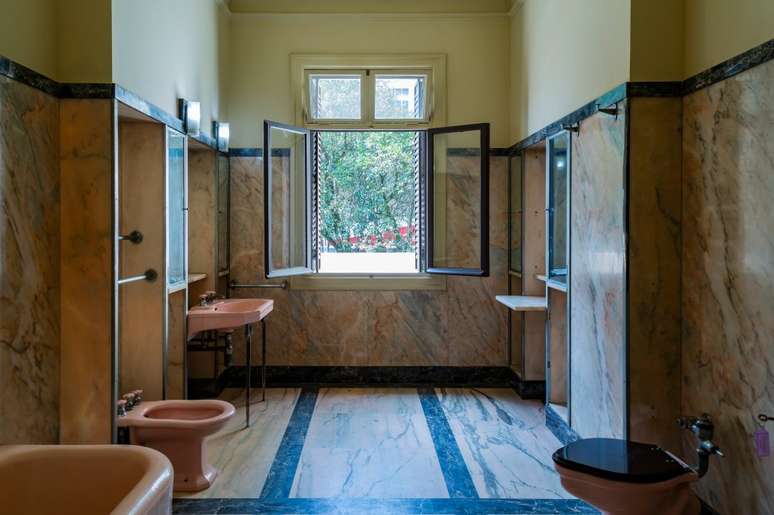
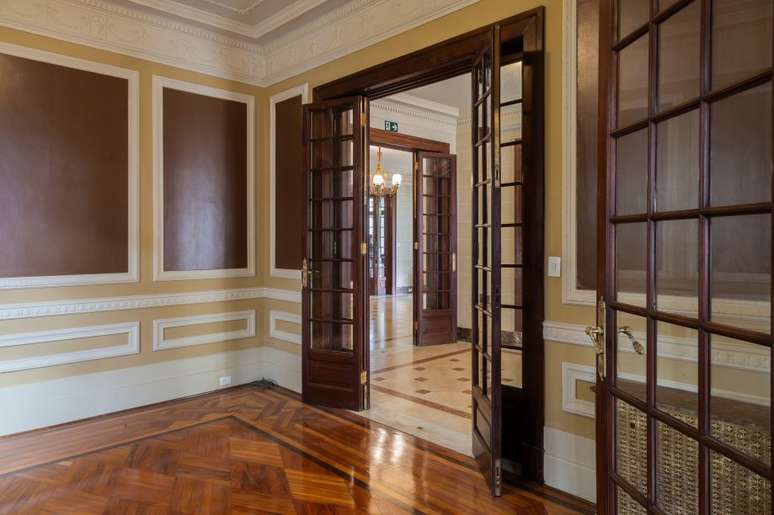
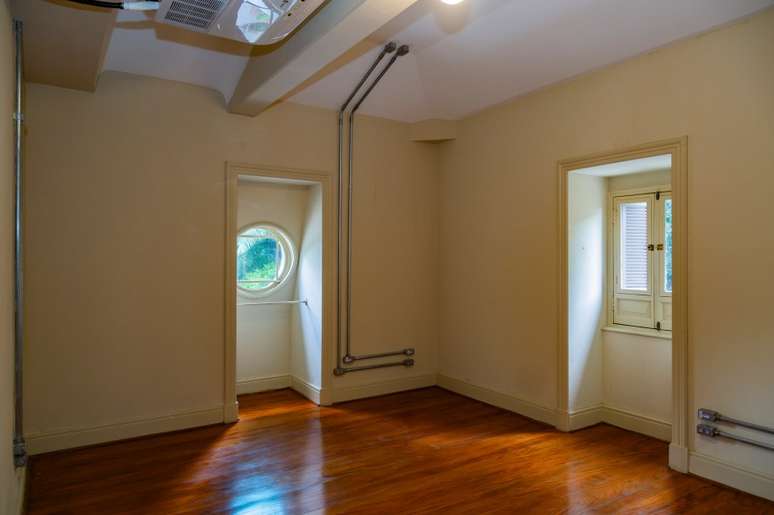
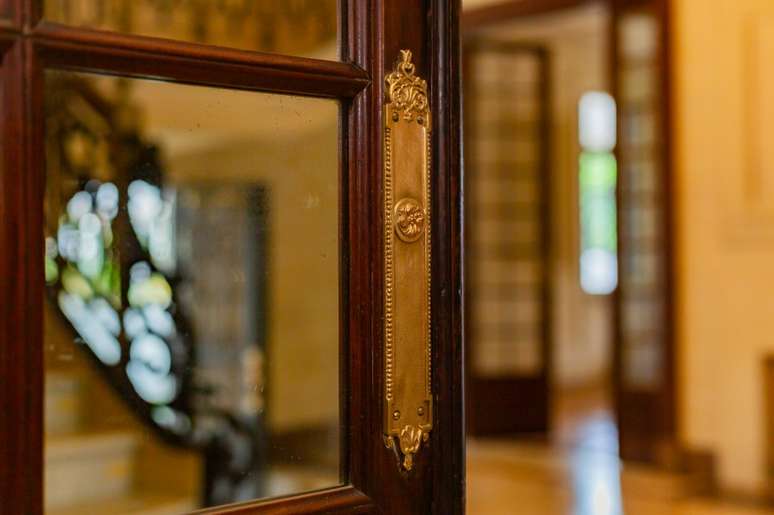
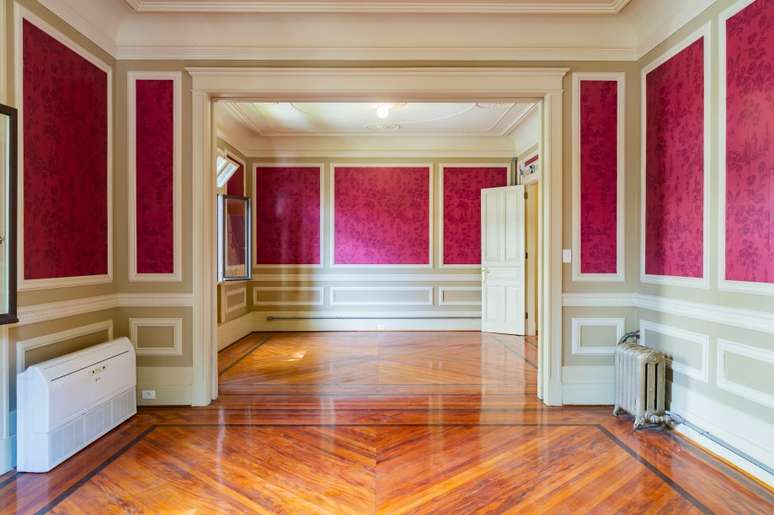
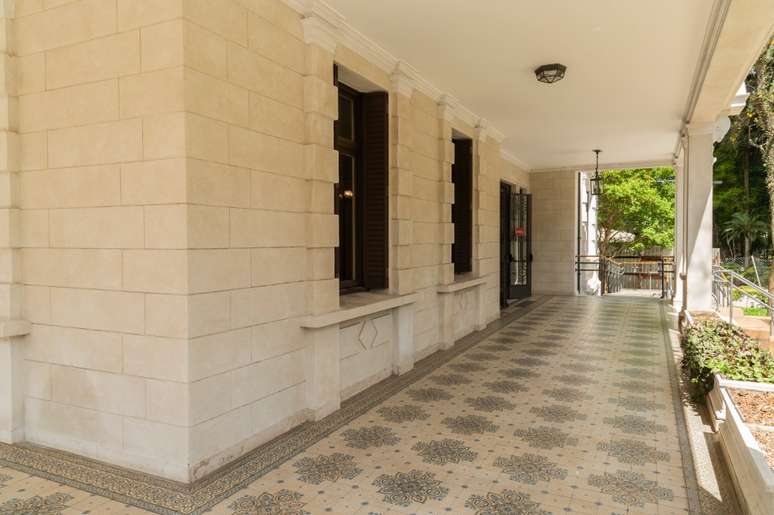
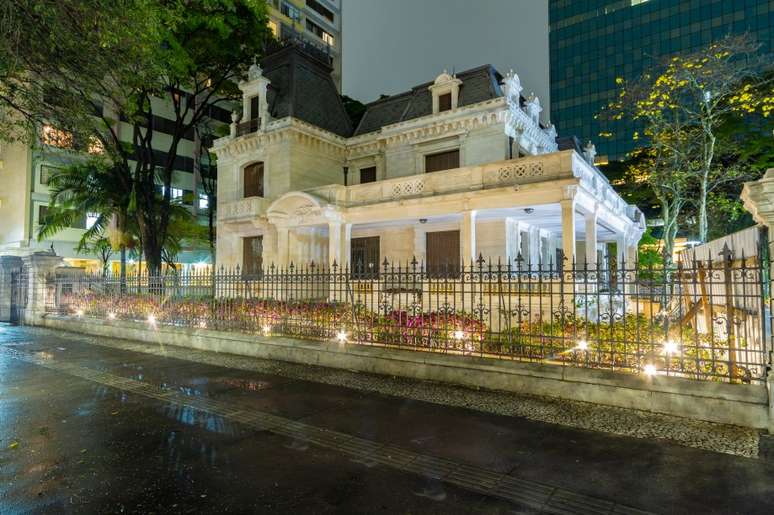
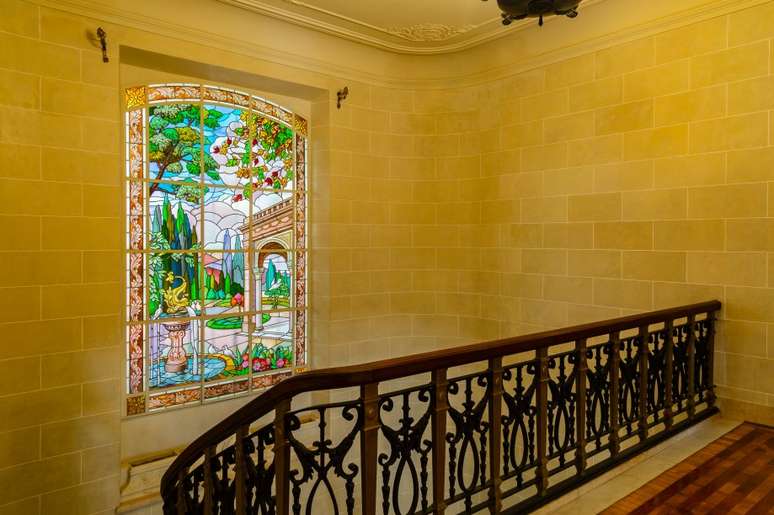
Source: Terra
Ben Stock is a lifestyle journalist and author at Gossipify. He writes about topics such as health, wellness, travel, food and home decor. He provides practical advice and inspiration to improve well-being, keeps readers up to date with latest lifestyle news and trends, known for his engaging writing style, in-depth analysis and unique perspectives.

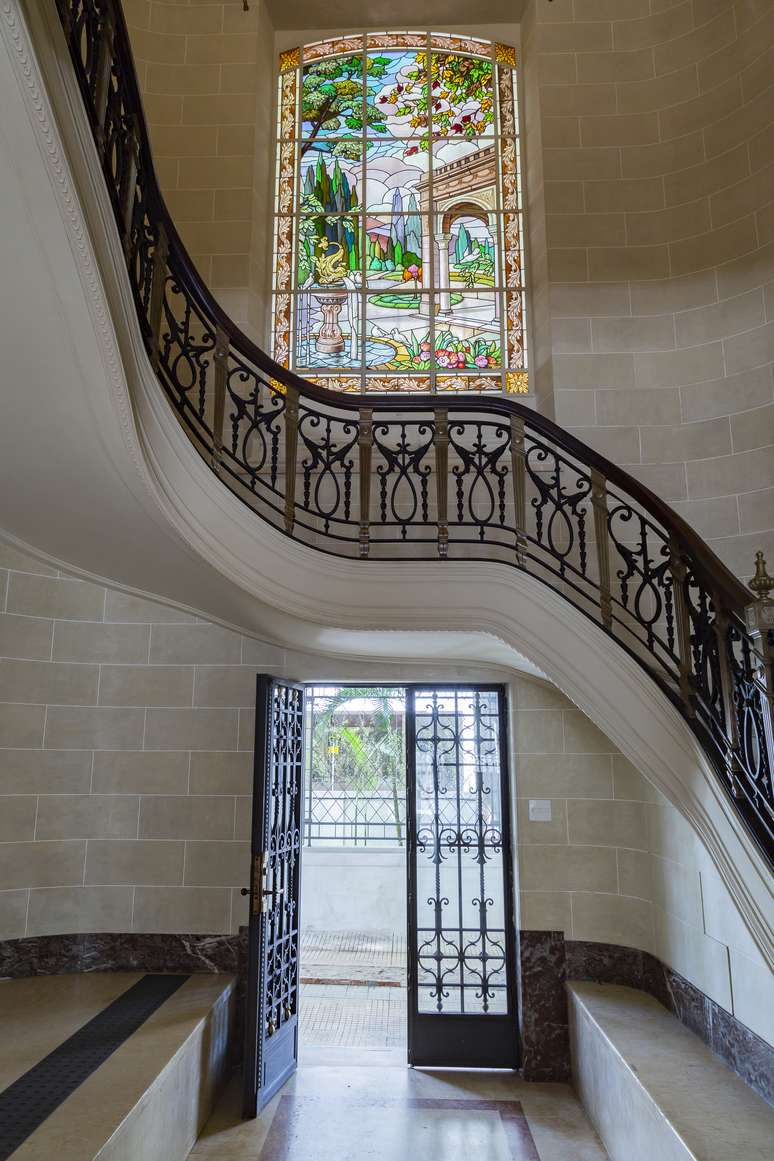

-us313tb3t2yb.jpg)





